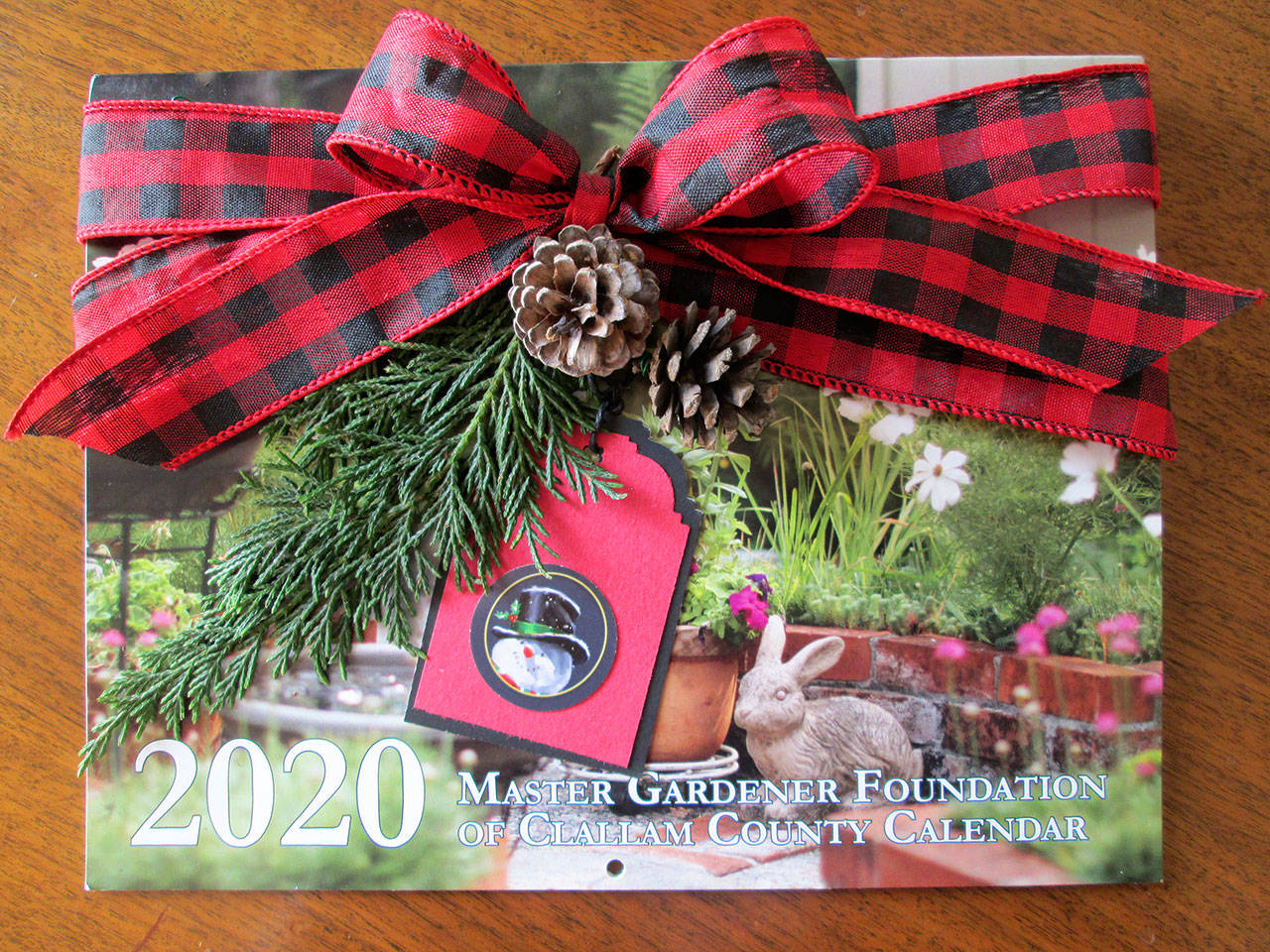Maybe you have been invited to a holiday luncheon or caroling party. Or perhaps a sit-down dinner, greening party or gingerbread house decorating event.
No matter what the occasion, don’t go empty handed! A small but thoughtful gift will say “thank you” and let your host know that you appreciated his/her holiday hospitality.
But what should you bring? If your host is a gardener the following gift ideas are likely to delight.
Poinsettia
Poinsettias are the most popular holiday gift plant and a mainstay when it comes to holiday decorations. They are native to Mexico and other parts of Central America and were brought to the United States by U.S. ambassador to Mexico, Joel Roberts Poinsett.
The beautiful red flowers for which the poinsettia is known are not really flowers at all, but modified leaves called bracts. The true flowers are the small cup-shaped structures at the center of the red bracts called cyathia. In contradiction to commonly held beliefs, there is no evidence that the plant is poisonous when ingested
When selecting a poinsettia, look for plants with dense green leaves down the entire stem, fully colored bracts but unopened cyathia. If the true flowers are tight, green or red-tipped, the bloom will “hold” longer than if open and covered by yellow pollen.
Be aware that although new and unusual colors have come onto the market, plain red poinsettias are still the favorite. Reserve the more unique varieties for the host who will appreciate them.
Because exposure to low temperatures even for a few minutes can damage the bracts and flowers, protect your poinsettia from cold temperatures and wind on the ride to its new home, but remove any plastic wrap once you get there.
To keep a poinsettia looking its best, place it in bright, indirect light away from warm or cold drafts from radiators, air registers or open doors. Do not overwater or let the plant sit in water. If the plant is in a decorative wrap, punch holes in the wrap so water can drain out. Do not fertilize poinsettias when in bloom.
Christmas cactus
Christmas cactuses are a favorite gift plant, known for their abundant brightly colored flowers. They are long-lived succulents, often handed down from generation to generation, and are native to mountainous rain forests of South America.
When selecting a Christmas cactus look for a plant with full leaves and an even, green color. Avoid plants with leaves that have yellow spots and those that appear purple, tan or soft as these may be indicators of disease.
To make sure your host gets to enjoy blooms during the holidays, select a plant with buds and opening blossoms rather than those in full bloom.
To keep a Christmas cactus looking its best, place it in bright, indirect light with temperatures on the cool side. Avoid spaces subject to cold drafts or close to a heat source.
Place a blooming cactus where you want it and leave it there until it is through flowering. Moving it around can induce the blossoms to drop prematurely.
Water the plant when the soil is dry to the touch. Do not fertilize while it is in bloom.
Amaryllis
Amaryllises are grown from bulbs that are native to tropical and subtropical regions of the Americas but have been highly hybridized. They produce strap-like leaves and large trumpet-shaped flowers at the end of long stalks.
Popular varieties have flowers that are solid red, white, red with white stripes and white with narrow red stripes. More exotic varieties are available online.
Most amaryllises are sold as a kit that includes a bulb, pot and soil. Because the pots often lack drainage holes and are light weight (and predisposed to tipping as the plant grows), you might want to purchase the bulb separately from the pot in which it is to be planted.
When selecting an amaryllis, be aware that the bigger the bulb the more blossoms it is likely to produce. Avoid purchasing a bulb with signs of mold, decay or injury. A healthy bulb will be firm, light greenish-white with a brown outer layer.
Given the frantic nature of the holidays, it would be good to plant the bulb before presenting to your host. Note: Some retails shops sell amaryllises already in decorative pots.
Plant the bulb in good potting soil (or the soil provided in the kit) so that the top one-third to one-half of the bulb is above the soil line. Water the pot thoroughly; do not water again until the soil dries out or foliage appears.
For best results, the pot should be placed in a warm, sunny spot. As the plant grows, rotate the pot so that the leaves and flower stalk grow straight.
Move the plant to a cool, shaded room when it is in bloom. Remove the flowers as they fade and cut the flower stalk to about two inches above the nose of the bulb after all flowers are spent.
With proper care, amaryllises as well as poinsettias and Christmas cactuses will survive the holidays; consult online sources for advice on ongoing care.
Gardening calendar
Fearful that your host already has enough plants? Then consider giving a gift that will “keep on giving” after the holiday season: The Master Gardener Foundation 2020 Garden Calendar.
Designed by local Master Gardeners, the calendar includes gorgeous seasonal garden photos, monthly gardening tips specific to Clallam County and reminders of upcoming gardening events, workshops and talks.
Master Gardener Foundation calendars are available for $5 each at the WSU Extension Office at the courthouse in Port Angeles. Proceeds go toward Master Gardener educational programs in Sequim and Port Angeles.
Say “thank you” to your holiday host with a gift that will be enjoyed long after the guests have departed.
Happy Holidays from Clallam County Master Gardeners.
Jeanette Stehr-Green is a holiday gift plant enthusiast and WSU-certified Clallam County Master Gardener.


